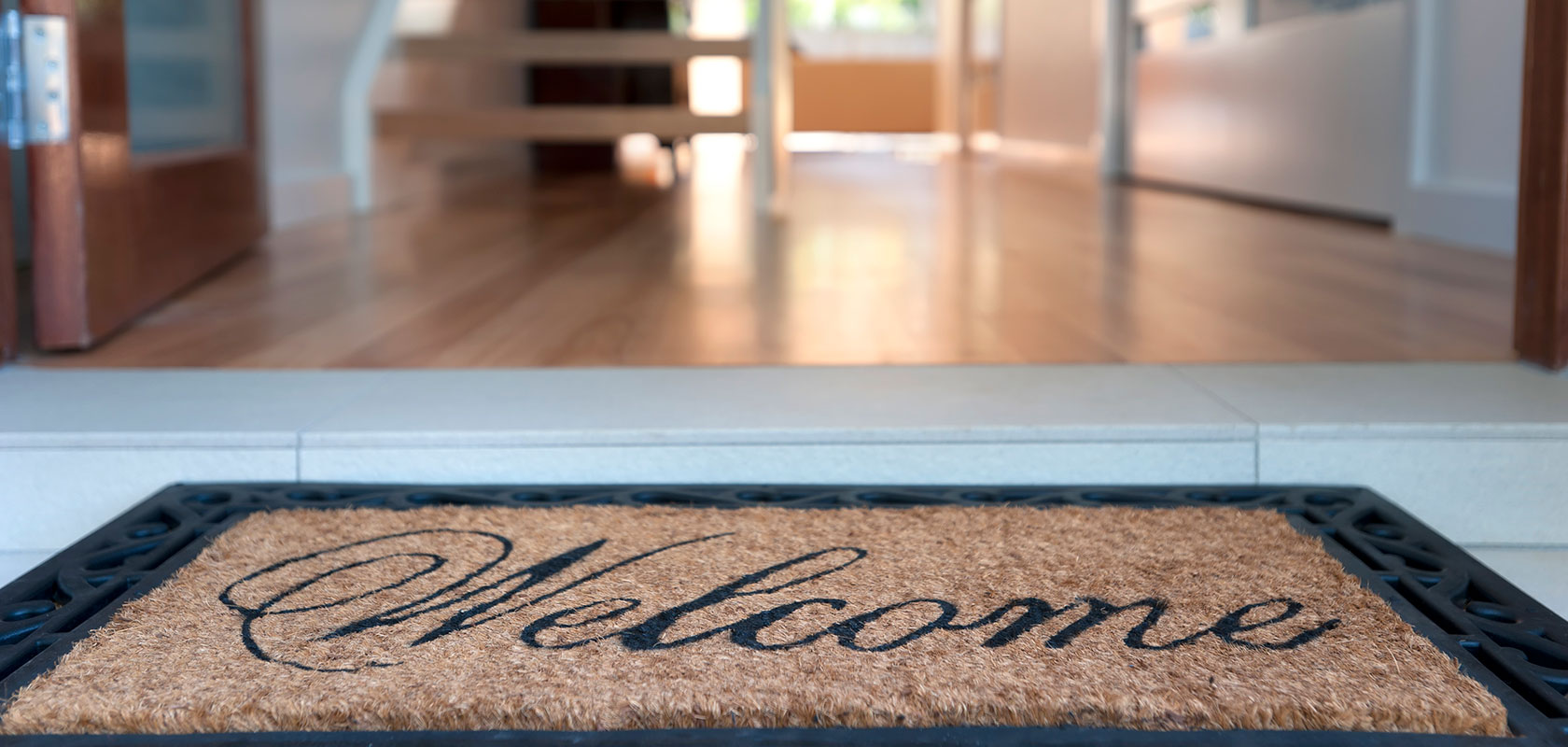Knowing how to use home equity can be a great way to build wealth, invest in your future, and get your home to pay you back for a change. Keep reading to learn the answers to common questions about how to leverage your home’s worth, including:
- How does home equity work?
- How much equity do I have in my home?
- What can you do with home equity?
How Does Home Equity Work?
Home equity is the portion of your home’s value you own outright. It can be a valuable resource to make home improvements, consolidate debt, finance a major purchase, or deal with an emergency.
You can borrow against your home equity with a loan or Home Equity Line of Credit (HELOC) and tap into the value you have already paid off. That’s why we like to think of it as your home finally paying you back.
How Much Equity Do I Have in My Home?
There are a few different ways to calculate your home equity, but the most common method is to subtract the amount of money you still owe on your mortgage from the current value of your home. You can estimate your home’s value by looking up recent sales of similar homes in your area or by talking to a real estate professional. Once you have that number, subtract any outstanding mortgage balance or other liens on your property.
For example, if you had a loan on a $500,000 home and you have already paid $200,000 on it, assuming your home’s value stayed the same, then the amount of equity you have would be $300,000.
Calculating your home equity can give you a sense of how much money you can access if you need it. It’s also a good idea to periodically check your equity to know how much it has changed as your property value and mortgage balance fluctuate over time.
How To Use Home Equity and Get the Most from It
You don’t have to sell your home to access this equity. Instead, borrow money against your home’s value with a home equity loan or a HELOC. While the terms HELOC and home equity loan are sometimes used interchangeably, there are actually a few key differences.
Home Equity Loans Come with Set Rates, Terms, and Payments
A home equity loan is based on a lump sum built around a fixed rate, fixed term, and fixed payment amount. With this type of loan, you’ll begin payments immediately, and your monthly payment doesn’t change. It’s important to note that a home equity loan is considered a second mortgage and adds a second monthly payment independent from the first.
Get the Most from Your Home’s Equity with a Flexible HELOC
With a home equity loan, you receive the money you are borrowing in a lump sum payment and usually have a fixed interest rate. With a HELOC, you can borrow or draw money multiple times from an available maximum amount and only make payments on the balance.
Unlike a home equity loan, HELOCs usually have adjustable interest rates based on the following:
- Prime interest rate: A commonly used short-term interest rate based on the federal funds rate, which the Federal Reserve sets. Whenever the prime rate changes, your HELOC payment may also adjust accordingly.
- Margin: HELOC rates may also include an additional margin, which is the number of percentage points added to the prime interest rate by the lender. The margin is set in your loan agreement, won’t change after closing, and depends on the lender and loan.
It’s important to consider that both factors create a variable interest rate for a HELOC. And any variable interest rate can result in higher repayment amounts depending on interest rates and economic factors.
However, HELOCs offer many advantages over other kinds of home loans. Upfront costs are generally lower, and HELOC interest rates are usually more competitive than credit cards. Plus, you’re only charged interest on the funds you use, saving you more over the life of the line of credit versus receiving a lump sum from a home equity loan.
Popular Uses for Home Equity Line of Credit
HELOCs are popular for financing large purchases, such as remodeling projects. Here are four clever ways to use a HELOC:
- Use it for emergencies. If you have a HELOC, you’ll always have access to cash in case of an unexpected expense, such as a home or auto repair or medical bill.
- Make home improvements. If you’re planning on renovating your home, a HELOC can be a great way to finance the project.
- Consolidate debt. Consolidating high-interest debts like credit card debt into a single payment with a HELOC can help you save money and time in the long run while also allowing you to pay off your debts more quickly.
- Invest in your education. You can use the equity in your home to fund your education if you need to go back to school or get vocational training.
Here’s How to Use Home Equity to Build Wealth
The equity in a home is the single largest asset of most American households and can be used in various ways to increase that family’s financial stability and wealth.
Building equity in your home is one of the best ways to add to your overall wealth and still enjoy the benefits of being a property owner. You can build equity by paying off your mortgage faster than the repayment schedule, consistently paying more than the minimum payments on your mortgage, or by increasing the value of your home through remodeling or other improvements.
Equity Add-Vantage Program
Greater Nevada Mortgage’s Equity Add-Vantage program is an example of how to build equity.
Rather than making one monthly mortgage payment, Equity Add-Vantage deducts half of your monthly mortgage payment from your checking account every two weeks. While it may seem insignificant at first, this slight acceleration of your payments can significantly reduce the overall cost of your mortgage.
When you enroll in a bi-weekly payment program like this, you’ll pay 26 payments of half of your monthly mortgage. By the end of a year, you could pay the equivalent of one extra monthly payment that directly reduces the principal balance of your loan. For example, on a $200,000, 30-year loan with a 5% interest rate, you could save about $34,000 in interest payments and pay off your loan almost five years sooner. In turn, you will be building valuable equity faster.
Tips for How to Leverage Home Equity
Before deciding whether or not to take out a HELOC or home equity loan, it’s important to weigh the benefits and potential drawbacks.
Just like any loan, your HELOC or home equity loan will eventually need to be paid back. So, if you’re planning on moving again soon, taking on additional debt may not make sense. Any time you borrow money, it will impact your credit score. Most lenders will request to look at your credit report when you apply for a home loan, which may or may not affect your credit score depending on many other factors within your history. A large loan balance on your HELOC could also impact your available credit.
Although HELOCs are not suitable for everyone, many homeowners appreciate the flexibility they provide by allowing them to use their home’s equity to cover a wide range of costs. Many people take out HELOCs because they are an accessible way to get extra funds for higher education, home improvements, and emergencies. Consider this: rather than scrambling to find cash in an emergency, wouldn’t you rather have an established line of credit you can draw from at any time?
One major perk of a HELOC is that payments are only required on the amount you borrow. If you don’t have a balance due, you won’t have a payment. But the line of credit will still be available if and when you need it.
Move to Greater
With decades of experience on our team, we have seen it all (almost everything, at least), and we regularly share our thoughts on a wide array of mortgage topics that could affect you as a new or existing homeowner. We also spotlight the incredible achievements of our team and clients because good news is meant to be shared.


